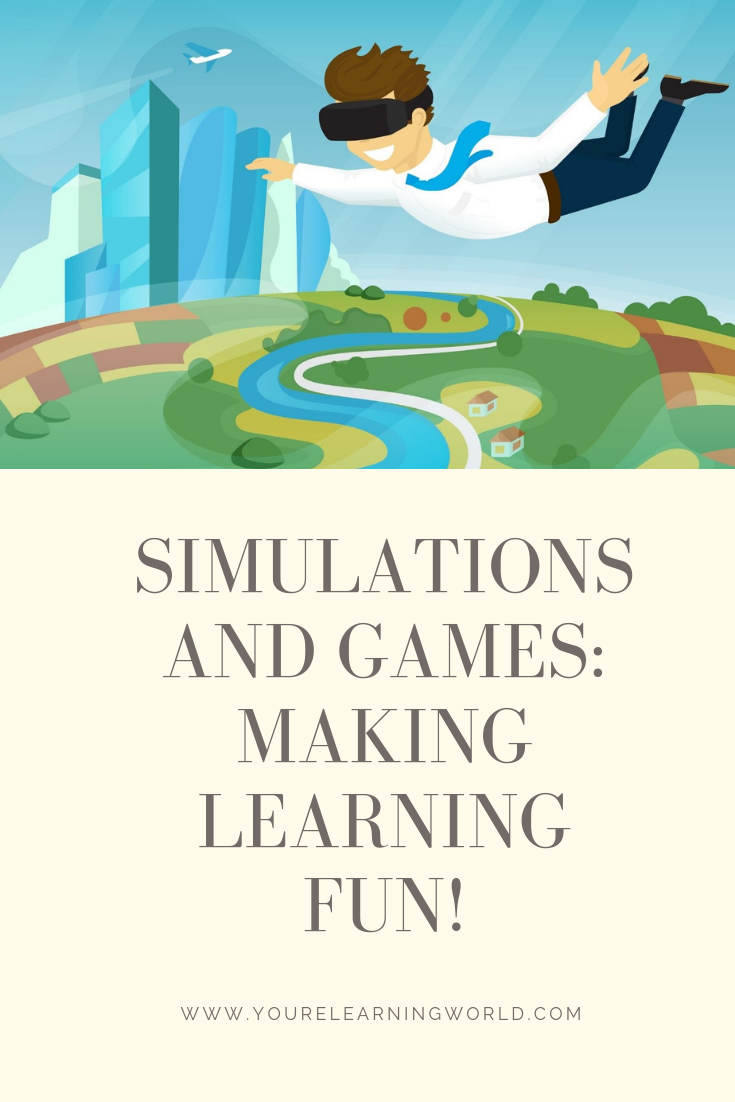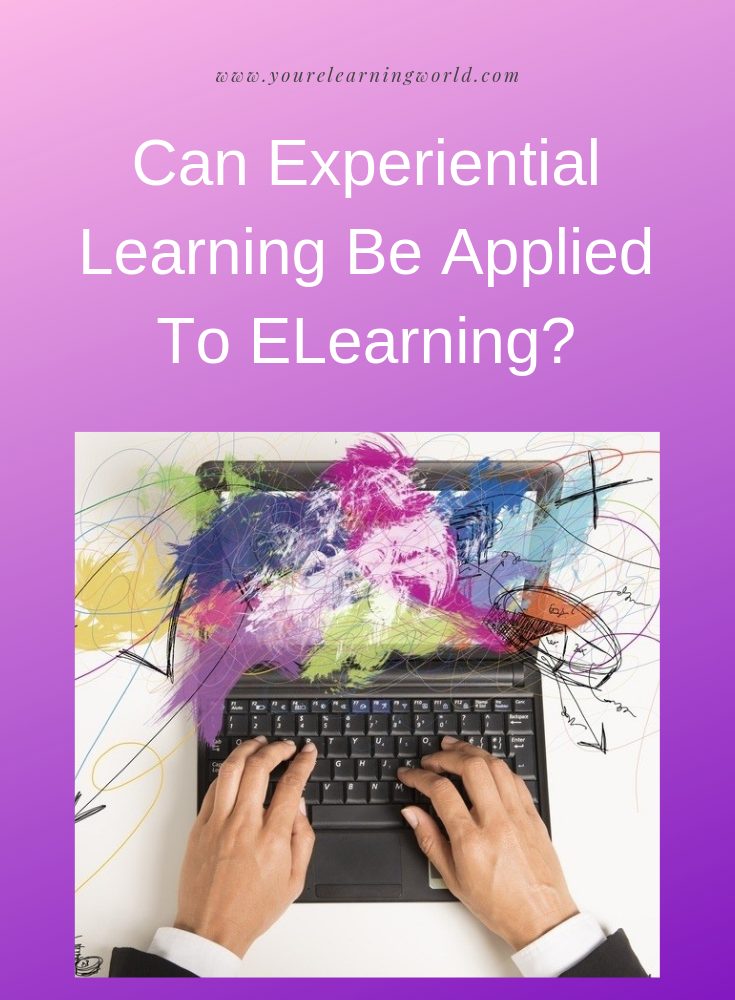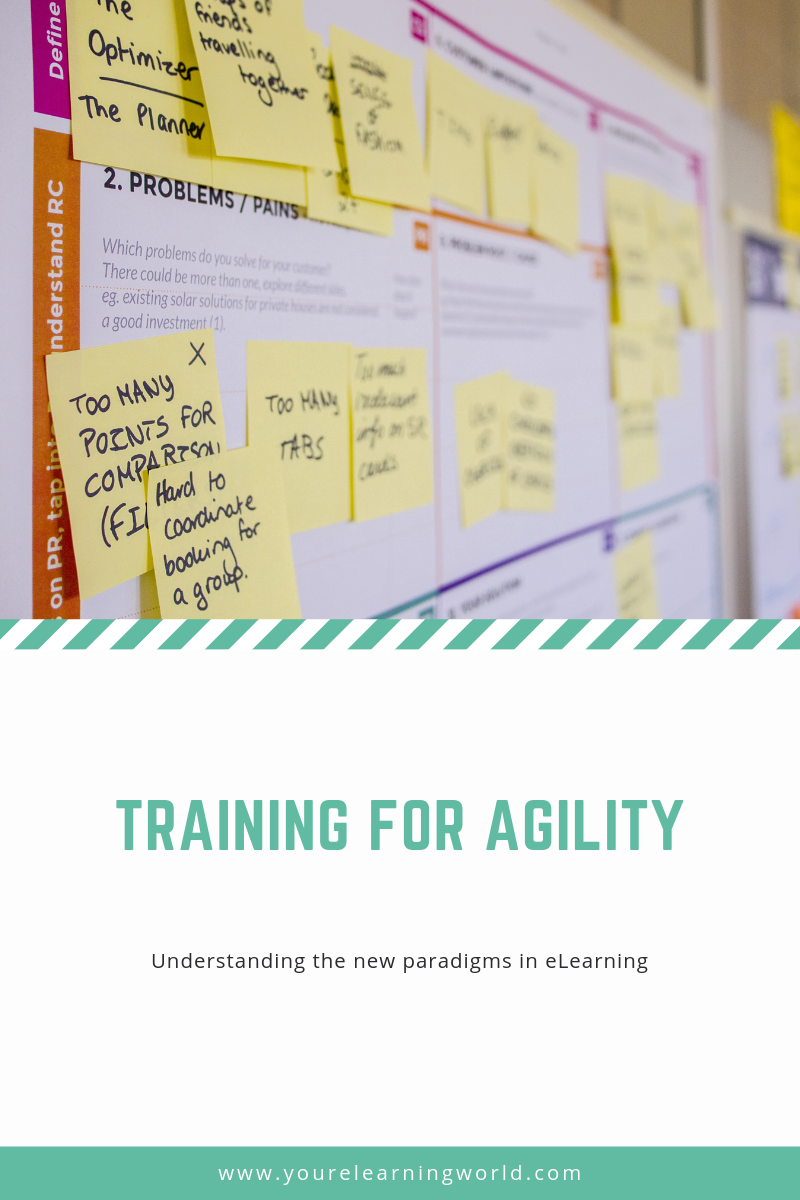Regardless of our age, playing with simulators (e.g. stock market investment, driving or flight simulators) and games (Starcraft, Hearts of Iron, World of Warcraft) always puts us on the path to learning and experiencing new things. That is because if our objective is to “win” the game, then we need to explore and learn the “system” in order to beat it. That is exactly what Game-Based Learning (GBL) is all about. In this article, I will cover the types of game-based learning as well as the benefits of simulations and games. In addition, I will mention some of the tools that can be used to build eLearning games and simulations. Lastly, I will discuss how you can incorporate “gamification” into your eLearning content. Simulations And Games: Types Of Game-Based Learning Many different types of game-based learning have evolved over the years, each having a different audience and its own unique objective. Here are some alternate gaming styles to consider when designing game-based learning … [Read more...] about Simulations And Games: How to Make ELearning Fun and Engaging
eLearning
Personalized eLearning: A Customized Approach To Accelerated eLearning
Today's world is far different than the one our parents and grandparents grew up and lived in. The age of "standardization" and "One-size-fits-all" no longer applies. Today, especially where technology is so ubiquitous in every aspect of our lives, "personalization" has become very important - be it in manufacturing, services or retail business. Personalization is needed to make a product or service more endearing to the target audience, and this is especially true for eLearning. As a result, the concept of Personal Learning Environments (PLEs) is becoming more relevant in today's academic world. What is Personalized ELearning? The concept of "Personalization" can easily be understood from taking a closer look at some of the existing digital technologies that all of us use. For instance, from the browser that you use to roam the Internet, to the email and messaging systems that you use to stay connected with friends and family, to the digital boxes you use to watch TV shows and movies … [Read more...] about Personalized eLearning: A Customized Approach To Accelerated eLearning
Can Experiential Learning Be Applied To eLearning?
Experiential learning is a process that allows learners to develop knowledge and skills from their own experience rather than from formal training courses. Experiential learning encompasses a variety of interactive and participative hands-on activities and is much more effective than traditional learning approaches. This article is the first in a series about Experiential Learning. Check it out and learn some of the critical elements of Experiential Learning and the reasons why Experiential Learning is important. What Is Experiential Learning? Way back in 350 BCE, a Greek philosopher, thinker, mathematician, astrologer, historian and analyst, wrote: "...for the things we have to learn before we can do them, we learn by doing them." Even prior to that, the Chinese philosopher, Confucius, wrote: I hear and I forget I see and I remember I do, and I understand! Based on that, one might say that Confucius and Aristotle actually planted the seeds of Experiential … [Read more...] about Can Experiential Learning Be Applied To eLearning?
How to Tell If You Need to Start Looking for a New ELearning Authoring Tool
Many eLearning content developers have grown into their current state through evolution. You initially started by using stand-alone tools, such as Microsoft PowerPoint or other slide presentation tools to create your training courses. Then, you may have acquired other “add-on” tools and apps to enhance your authoring capabilities. At some point, the law of diminishing returns takes over: The more tools you add on, the less productive your team gets! Sadly though, sometimes it’s hard to notice that your existing eLearning authoring tools aren’t working for you. Signs that tell you that new tools are overdue You and your team have been using your existing eLearning authoring tools for several years now. Your team might feel very comfortable with the features and functionality they provide. And, because many of your authors and developers have become “experts” in using those tools, there might be a general feeling that there’s no need to change. And there lies the … [Read more...] about How to Tell If You Need to Start Looking for a New ELearning Authoring Tool
Converting school curriculum into eLearning: Considerations for designing eLearning for kids
When school administrators and instructors first embark upon a project to embrace eLearning, the immediate temptation is to “scan everything and put it online!”. While “pure digitization” might be a quick way to introduce online learning to kids, it’s not always the best way to engage kids through eLearning. Key design and conversion considerations Unlocking the power of eLearning for kids is not just a matter of digitizing content from the existing curriculum. Kids today are extremely tech-savvy, and when they stare at an electronic version of their textbooks, it’s likely to spur immediate disengagement. ELearning designers must therefore go way beyond scanning and uploading paper content to pique kids' interest. Here are five design considerations that should help you decide whether you should design from scratch, or convert or port school curricula into eLearning courses: Enhance your content ELearning provides you an opportunity to go above and beyond what existing … [Read more...] about Converting school curriculum into eLearning: Considerations for designing eLearning for kids
Training for Agility: Understanding the new paradigms in eLearning
Dell Technologies Inc, one of the largest technology manufactures in the world, said recently that “…around 85% of the jobs that today’s learners will be doing in 2030 haven’t been invented yet.”. The new world will be based on organizations “...becoming more agile and profitable”. This bold statement was made in a report titled “The Next Era of Human Machine Partnerships”. If this prediction is, in fact, true, it then introduces a brand-new paradigm for trainers and instructional designers alike: How do you train future workforces to embrace that leaner, more competitive, agile and profitable future? Agility in eLearning The challenge with future of workforces, as laid out in the report cited above, is that information and knowledge is expected to become redundant at a much faster pace than it is today. In the new paradigm, while employers have already mapped out a new business model, they won’t have a sizable enough trained workforce to implement their vision – unless they … [Read more...] about Training for Agility: Understanding the new paradigms in eLearning






